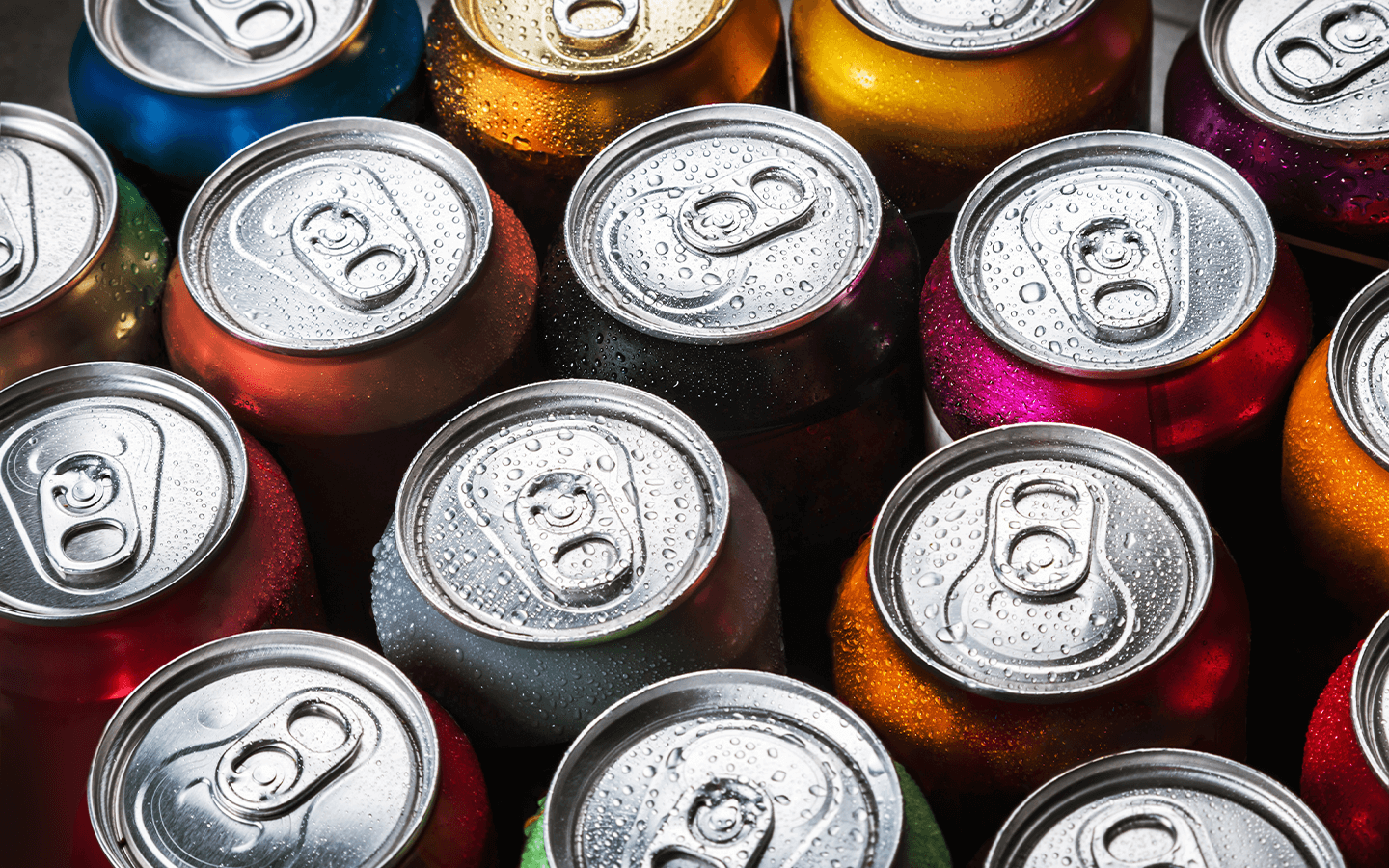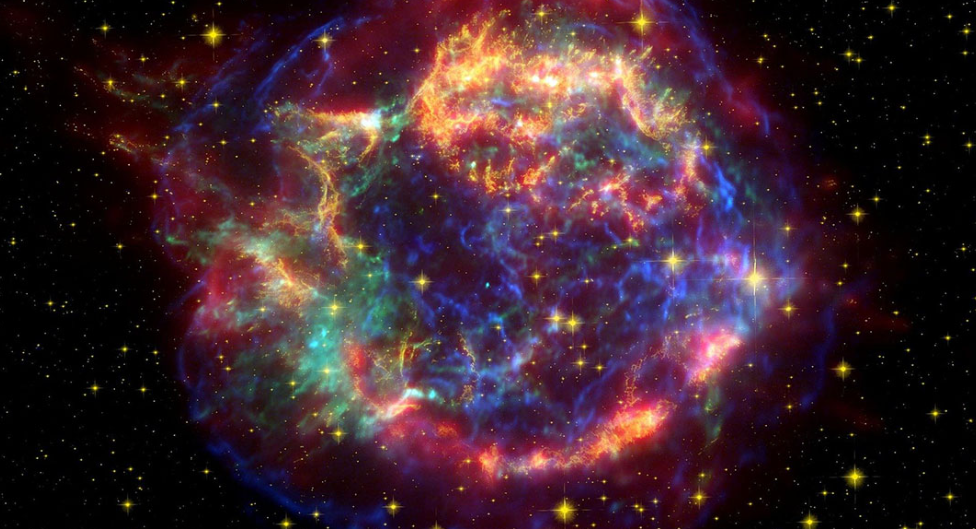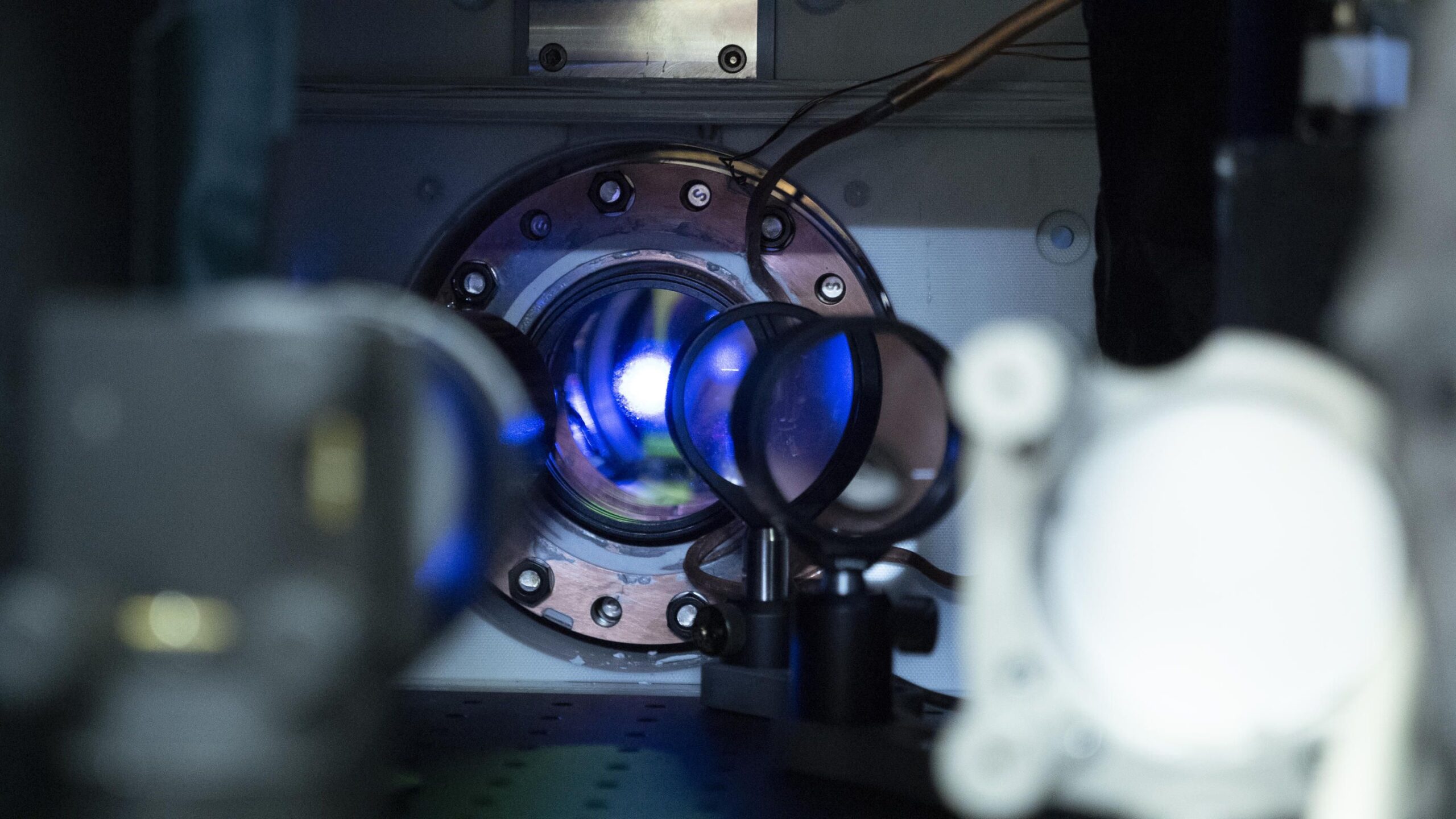By Yuval Israel, Year 11
CVD’s (cardiovascular diseases) are no joke. Neither are diabetes, osteoporosis and many other diseases which can lead to fatalities when you come into contact with caffeine. A rising source of caffeine consumption is through energy drinks. Excessive caffeine ingestion through energy drinks is reported to have caused 20 deaths in the past 3 years and has led over 13,000 people to visit the emergency room in the past 10 years, according to the Substance Abuse and Mental Health Services Administration in the USA.
The marketing behind energy drinks and misinformation which is usually spread on the label has led to numerous lawsuits against companies and individuals alike: 3 against Panera Bread, 13 against Monster, and the list goes on. These lawsuits all share a strong point: the mislabeling of ingredients.
Out of 16 different caffeine drinks tested by Consumer Reports, 5 of them possessed 30% more than what the product’s label claims. The misinformation doesn’t end there. We have to remember that the size of the drink greatly affects the amount of caffeine, for example, if a 16 ounce drink has a 8 ounce serving size, it doubles the amount of ingredients, thus the amount of caffeine and sugars. In addition, many companies avoid putting the amount of caffeine on the label, simply labeling it as “high dosage” or “Attention, caffeine”, but specifically not admitting to what extent.
However, why is caffeine a problem? Many people drink it daily to improve their state of mind, so why would it possess any danger to our current health? Well, caffeine is a natural chemical, a stimulant. Although mostly mentioned as an ingredient in coffee, it is found as a main ingredient in over 50 different foods which most of us eat on a daily basis. Caffeine works by stimulating the central nervous system, the heart and the muscles.
When we perform daily activities, our brain produces adenosine, a chemical which slows down brain activity. Adenosine is produced during these activities, which causes it to bind to receptors, slowing the brain down, causing us to feel tired. When drinking coffee, after digestion, caffeine goes to the brain, due to its similar structural shape to adenosine. Caffeine binds onto the adenosine receptors, instead of the adenosine, keeping us awake and energetic as it doesn’t slow the brain activity.
Drinking coffee or caffeinated drinks isn’t necessarily a bad thing. However, when people drink caffeine excessively and build up a tolerance to it, they require a higher dose until they reach the desired “buzz” of energy. Although in a lower amount, caffeine can cause a surge of dopamine in the brain such as other drugs, but not enough to cause a harmful addiction. When the excessive caffeine consumers pass the desired limit of caffeine, it can activate the stress axis, elevating glucocorticoid and catecholamine, which increases the blood pressure, in turn increasing one’s anxiety. Drinking caffeine isn’t necessarily dangerous, but with companies’ sly mislabeling and the dangers of excessive consumption, it can potentially harm a person’s health or even end their life.



